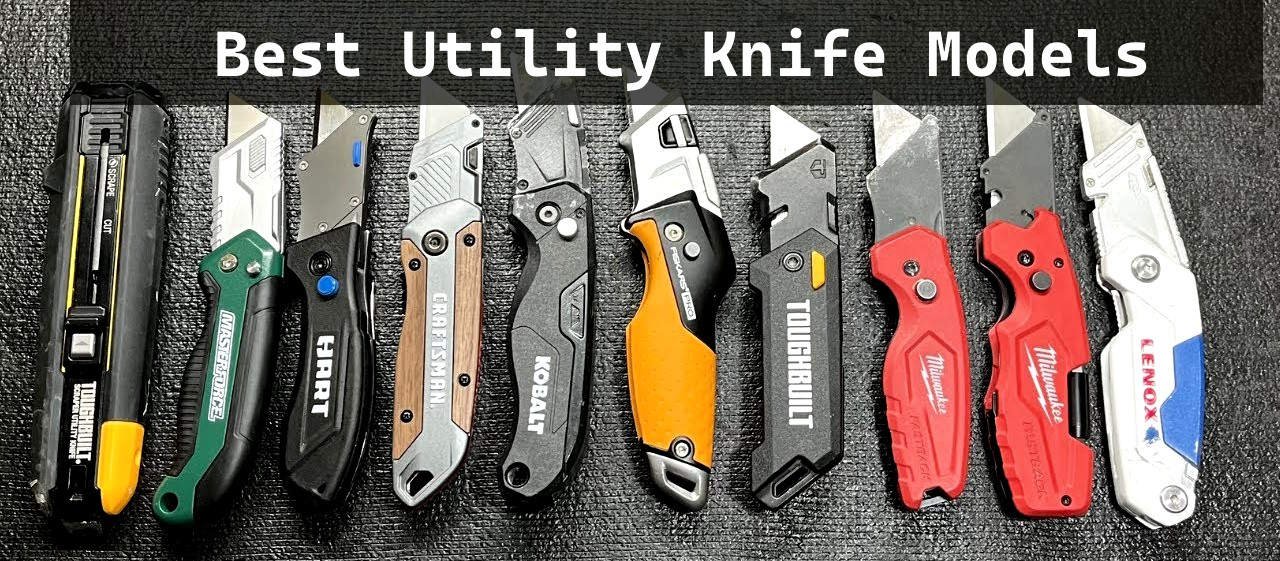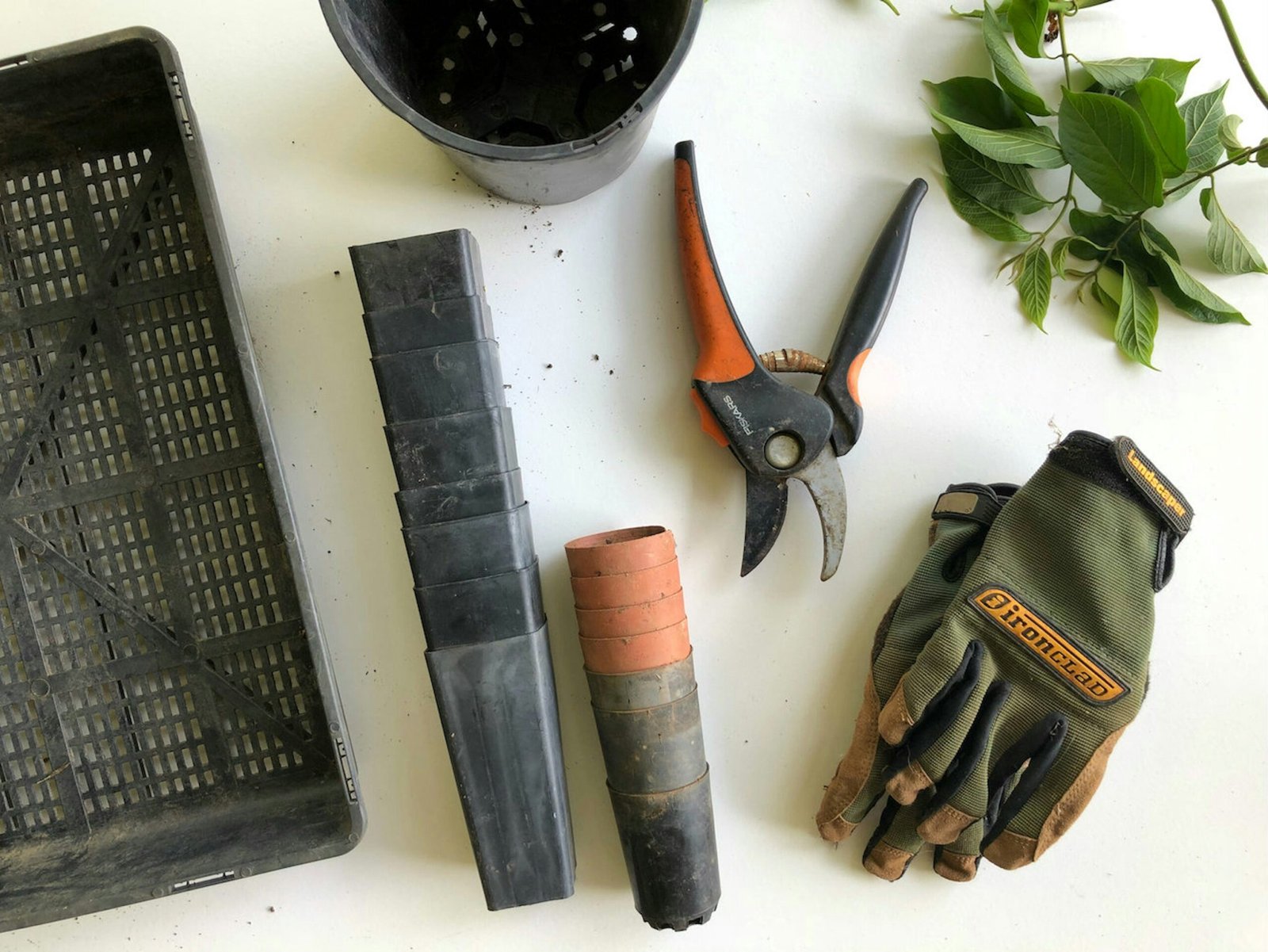Introduction to Utility Knives
Utility knives have long been a staple in various industries, celebrated for their versatility and practicality. From construction sites to craft workshops, these tools are indispensable for cutting materials with precision and ease. Traditionally, utility knives featured fixed blades, but today’s market showcases a range of innovative designs that cater to diverse needs. The evolution of utility knives has been marked by continuous improvements in blade materials, handle ergonomics, and safety mechanisms, making them more efficient and user-friendly than ever.
In their simplest form, utility knives are designed for cutting through a variety of materials, such as cardboard, plastic, and even thin metal sheets. However, their applications extend far beyond basic cutting tasks. In industries like construction, utility knives are essential for tasks such as drywall installation, flooring, and roofing. In the realm of arts and crafts, they are invaluable for detailed cutting and shaping. The everyday uses of utility knives also make them a household necessity, from opening packages to DIY home projects.
Key features to look for in a utility knife include the blade material, handle design, and safety features. High-quality blade materials, such as stainless steel or carbon steel, ensure durability and sharpness. Ergonomically designed handles provide comfort and reduce hand fatigue during extended use. Safety mechanisms, such as retractable blades and locking systems, are crucial for preventing accidents and ensuring user safety.
The year 2024 is set to be an exciting period for utility knives, with significant advancements in both technology and design. Innovations in blade technology are leading to sharper, more durable edges, while new handle materials and ergonomic designs enhance user comfort and control. Additionally, manufacturers are increasingly incorporating smart features, such as blade change indicators and enhanced safety locks. These advancements not only improve the functionality of utility knives but also elevate the overall user experience, making them more efficient and safer to use.
Top Utility Knives of 2024: Reviews and Features
As we delve into 2024, the market for utility knives has expanded with a variety of innovative options. Here, we present detailed reviews of the top utility knives, focusing on their specifications, unique features, pros and cons, and ideal use cases.
1. Gerber EAB Lite Pocket Knife
The Gerber EAB Lite Pocket Knife stands out for its compact design and sturdy construction. This folding utility knife boasts a stainless steel handle and a replaceable blade system. Its lightweight design makes it ideal for everyday carry. Users appreciate its ease of use and the quick blade replacement mechanism. However, the compact size may limit its use for heavy-duty tasks.
2. Stanley 10-099 Classic 99 Retractable Utility Knife
The Stanley 10-099 Classic 99 is a time-tested favorite. Known for its durable metal body and retractable blade, this model offers three blade positions, enhancing its versatility. The ergonomic design ensures a comfortable grip during prolonged use. The main drawback is its lack of a blade lock feature, which may be a concern for some users.
3. Milwaukee Fastback II Flip Utility Knife
The Milwaukee Fastback II is designed for efficiency and safety. This folding utility knife features a one-handed blade opening system and a blade storage compartment. Its wire-form belt clip adds to its portability. Users highlight its robust construction and convenient blade access. The downside is that it might be bulkier compared to other models.
4. DeWalt DWHT10035L Folding Retractable Utility Knife
The DeWalt DWHT10035L combines the benefits of folding and retractable features. It offers a quick-change blade system and a durable metal body. The integrated blade storage and dual material handle provide additional comfort and convenience. However, its slightly heavier weight could be a drawback for those seeking a lighter tool.
5. Leatherman Wingman Multi-Tool
For those who need a multi-functional tool, the Leatherman Wingman Multi-Tool integrates a utility blade among its many features. This versatile tool includes pliers, scissors, and screwdrivers, making it suitable for various tasks. Its compact size and multiple functionalities are praised by users. The complexity of the tool might be overwhelming for those who prefer a straightforward utility knife.
These reviews should help you identify the best utility knife to meet your specific needs. Whether you require a compact option for everyday carry or a robust model for heavy-duty tasks, the diverse range of knives available in 2024 ensures there is a suitable choice for everyone.
Comparing Utility Knives: What to Consider
When it comes to selecting the best utility knife for your needs, several critical factors should be taken into account. Understanding these criteria will help you make an informed decision, ensuring that the utility knife you choose meets your specific requirements, whether for professional use, DIY projects, or outdoor activities.
Price Range
Utility knives are available in a wide range of prices, from budget-friendly options to high-end models. While economical choices may suffice for light, occasional use, investing in a higher-priced knife could be beneficial for frequent or heavy-duty tasks. High-end models often offer better build quality and additional features that justify their cost.
Durability
Durability is a critical factor, particularly for professionals in construction or other demanding fields. A durable utility knife should be made from high-quality materials like stainless steel or carbon steel, which resist wear and corrosion. Additionally, the handle material should provide a good grip and withstand impact without breaking.
Ease of Use
Ease of use significantly impacts the efficiency and comfort of using a utility knife. Features such as ergonomic handle design, quick blade change mechanisms, and a lightweight structure can make a substantial difference. Consider knives with these user-friendly attributes to enhance your overall experience.
Versatility
A versatile utility knife can handle a range of tasks, from cutting drywall to slicing through rope or cardboard. Look for knives with adjustable blade lengths and various blade types to accommodate different materials and tasks. Multi-functional knives can be a valuable addition to any toolkit.
Safety Features
Safety should never be overlooked. Features such as a retractable blade, blade lock mechanisms, and ergonomic grips can help prevent accidents. Some advanced models even include automatic blade retraction, which enhances safety if the knife is accidentally dropped.
To choose the right utility knife, consider the specific tasks you will be performing. For professional use, prioritize durability and safety features. For DIY projects, ease of use and versatility might be more important. Outdoor enthusiasts should look for knives that are portable and robust. By evaluating these criteria, you can find a utility knife that not only meets your needs but also provides excellent value for your investment.
Maintenance and Safety Tips for Utility Knives
Proper maintenance and safe usage of utility knives are essential to maximize their lifespan and ensure user safety. Regular sharpening is crucial for maintaining the cutting efficiency of your utility knife. Utilize a specialized sharpening tool or a whetstone to keep the blade in optimal condition. Sharpen the blade at a consistent angle to preserve its edge, and remember to check the manufacturer’s guidelines for specific sharpening instructions.
Cleaning your utility knife after each use prevents the buildup of residue and rust. Clean the blade with warm, soapy water and a soft cloth, then dry it thoroughly to avoid corrosion. For knives with replaceable blades, disassemble the knife periodically to clean the internal mechanisms, ensuring smooth operation.
Proper storage of utility knives is vital to prevent accidents and maintain blade integrity. Store your knife in a designated holder or sheath when not in use. Avoid leaving the knife loose in a drawer, as this can dull the blade and pose a safety hazard. If you use a utility knife frequently, consider investing in a magnetic strip or wall-mounted holder for easy access and safe storage.
Safe handling techniques are paramount when using utility knives. Always cut away from your body and keep your fingers clear of the blade’s path. Use a stable cutting surface to prevent slips, and apply controlled pressure to avoid overexertion. When changing blades, follow the manufacturer’s instructions carefully to avoid accidental injuries. Ensure the new blade is securely fastened before use.
Knowing when and how to replace blades is a key aspect of utility knife maintenance. Dull blades require more force, increasing the risk of slips and cuts. Replace the blade as soon as it shows signs of wear or damage. Many utility knives feature quick-change mechanisms for convenient blade replacement. Always dispose of used blades responsibly, using a designated blade disposal container to prevent injuries.
By adhering to these maintenance and safety tips, you can enhance the performance of your utility knife while maintaining a high level of safety. Regular care and cautious handling will ensure your utility knife remains a reliable tool for various tasks.
If you’re interested in purchasing the item you seek, please click the link for additional details: #americanachoice.
https://amzn.to/3SBN3Oy
AFFILIATE DISCLOSURE:
As an affiliate of this company, I earn from qualifying purchases. I am not on the payroll. Clicking on links and making a purchase may result in a commission for me.



